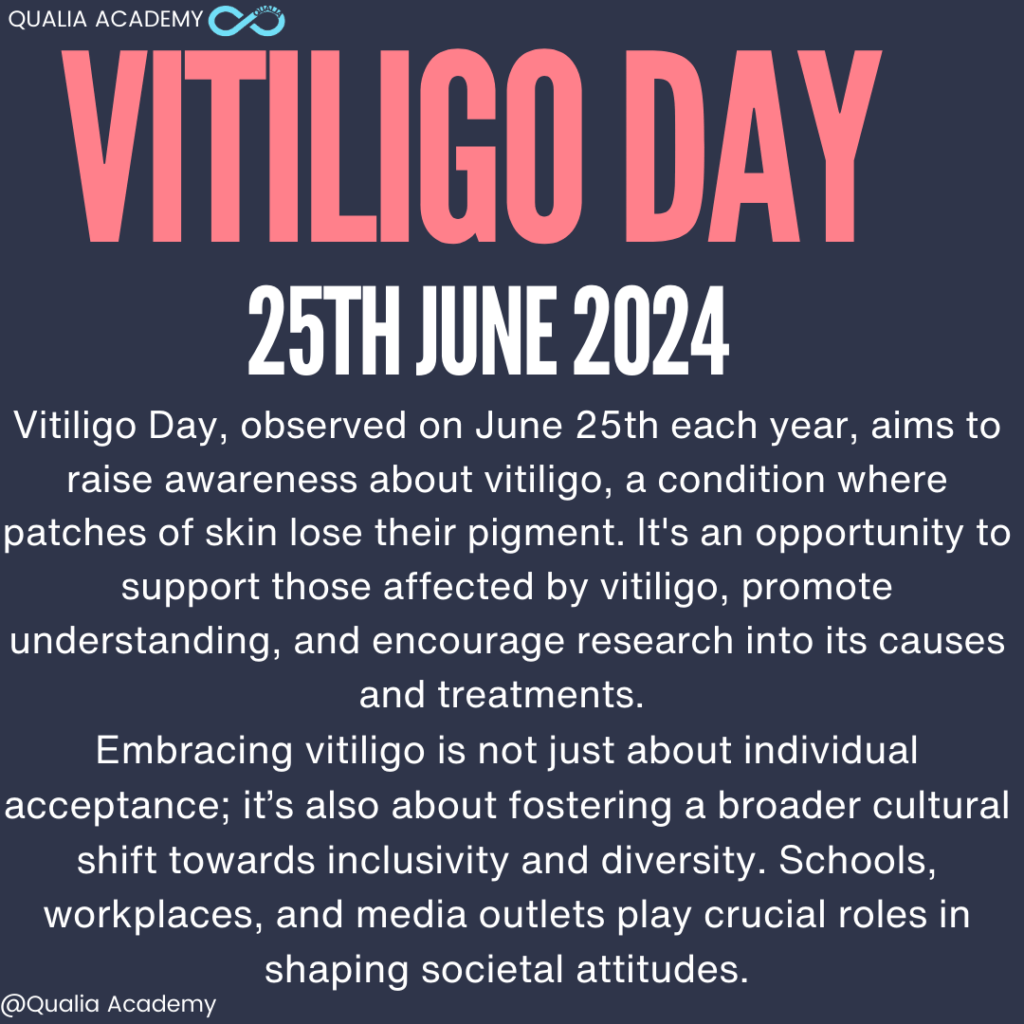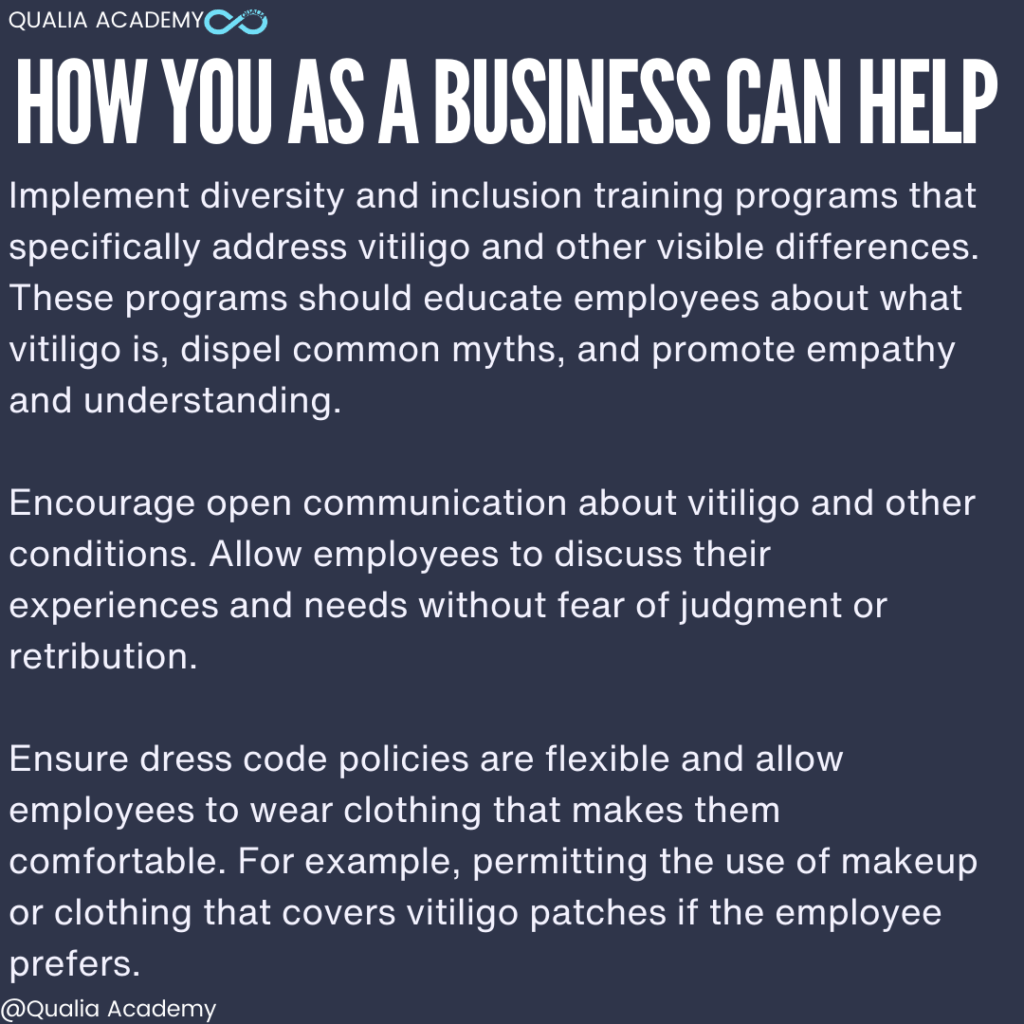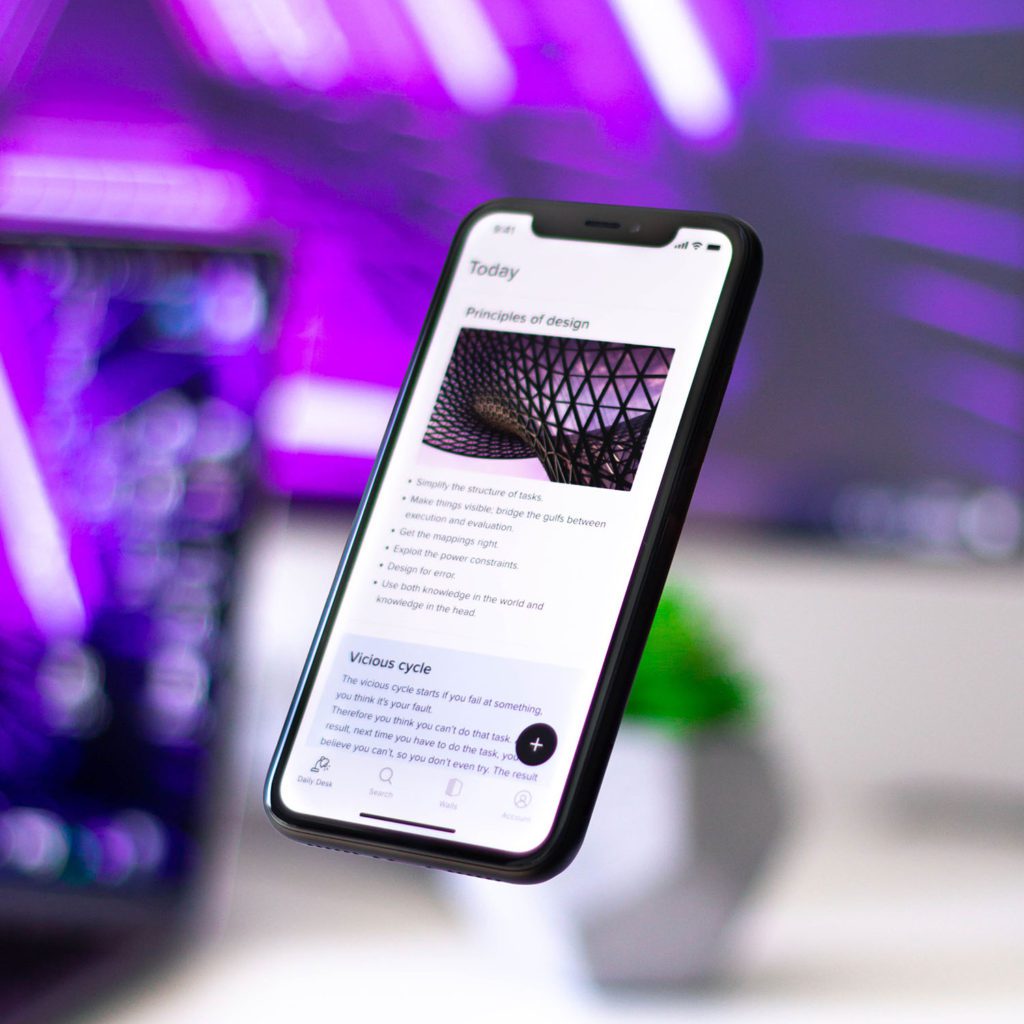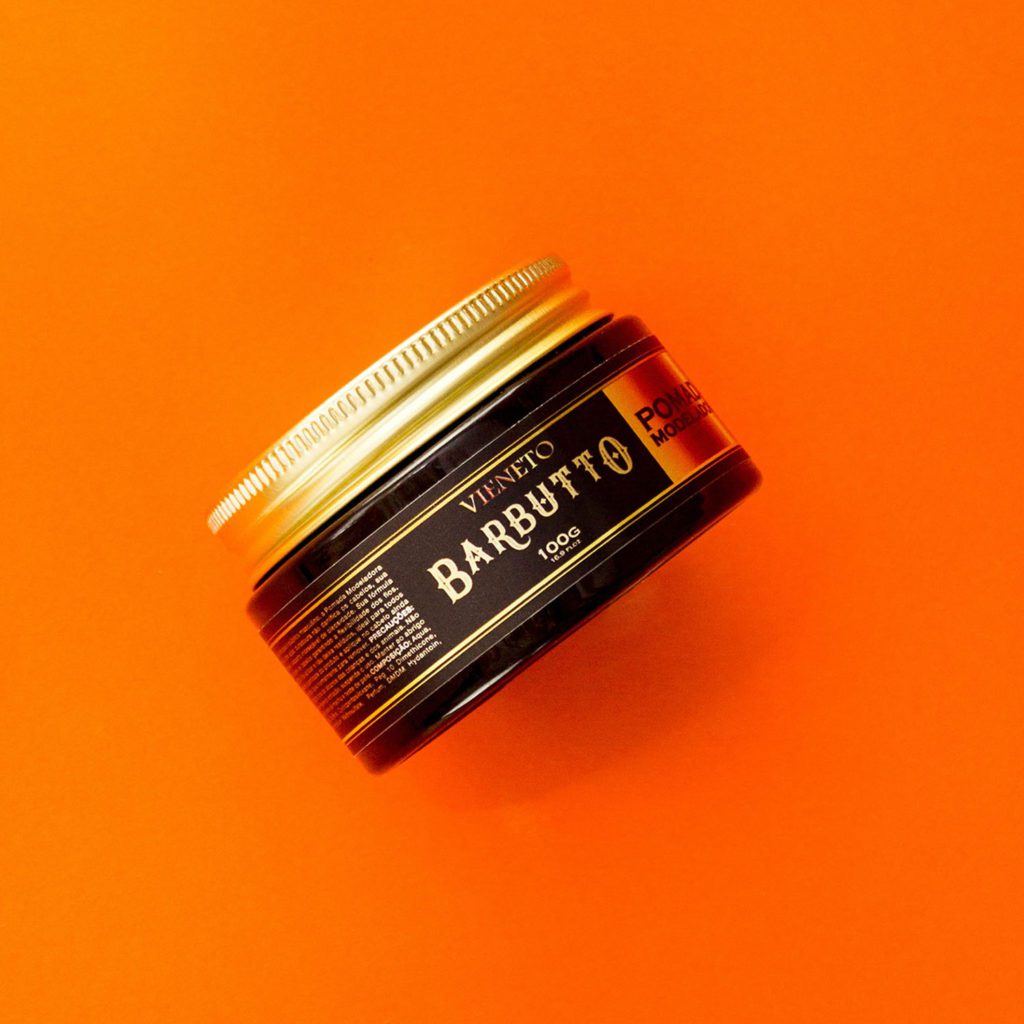
World Vitiligo Day is observed annually on June 25th to raise awareness about vitiligo, support those affected by the condition, and celebrate their strength. This special day aims to combat the stigma associated with vitiligo, promote understanding, and encourage research towards finding a cure. Let’s delve into what vitiligo is, its history, the impact it has on individuals, and how we can join in celebrating World Vitiligo Day.
What is Vitiligo?
Vitiligo is a long-term skin condition characterised by patches of skin losing their pigment. These patches, which can appear anywhere on the body, result from the destruction of melanocytes, the cells responsible for producing melanin, the pigment that gives skin its colour. While the exact cause of vitiligo is still unknown, it is believed to be an autoimmune disorder, where the body’s immune system mistakenly attacks the melanocytes.
Vitiligo can affect people of all skin types but is more noticeable in individuals with darker skin. It is not contagious or life-threatening, but it can have significant psychological and emotional effects on those who have it.
History of Vitiligo
Vitiligo has been documented throughout history, with references to the condition found in ancient texts from Egypt, India, and Greece. In ancient times, vitiligo was often misunderstood and stigmatised, leading to social ostracisation and discrimination against those with the condition.
The understanding and perception of vitiligo have evolved over time, especially with advancements in medical research. In recent decades, efforts to raise awareness and promote acceptance have gained momentum, leading to greater support and understanding for those affected by vitiligo.
The Impact of Vitiligo
Vitiligo can have a profound impact on an individual’s life. The visible nature of the condition often leads to self-consciousness and anxiety. People with vitiligo may face social stigma, discrimination, and bullying, which can further affect their mental health and self-esteem. The psychological toll of feeling different or being treated unfairly can be immense, often leading to withdrawal from social interactions and a decline in overall quality of life.
Many individuals with vitiligo embrace their unique appearance and advocate for greater awareness and acceptance. Public figures like model Winnie Harlow have played a significant role in changing societal perceptions and highlighting the beauty in diversity. Winnie Harlow, diagnosed with vitiligo at the age of four, has used her platform to challenge conventional beauty standards and promote self-love. Her presence on international runways and in major fashion campaigns has inspired countless others with vitiligo to embrace their skin and feel confident in their appearance.
Organisations such as the Vitiligo Society and Vitiligo Support International work tirelessly to provide resources, support, and advocacy for those affected by vitiligo. These organisations host events, fund research, and create educational materials to further the understanding of vitiligo and combat the associated stigma. By amplifying the voices of those with vitiligo and promoting positive representation, they help to foster a more inclusive and compassionate society.
Embracing vitiligo is not just about individual acceptance; it’s also about fostering a broader cultural shift towards inclusivity and diversity. Schools, workplaces, and media outlets play crucial roles in shaping societal attitudes. Implementing educational programs that teach about vitiligo and other visible differences can help to cultivate empathy and acceptance from a young age. Employers can create inclusive environments by adopting policies that protect against discrimination and by celebrating diversity in all forms.
How Can Businesses Create Inclusivity
Educate and Raise Awareness
Training Programs: Implement diversity and inclusion training programs that specifically address vitiligo and other visible differences. These programs should educate employees about what vitiligo is, dispel common myths, and promote empathy and understanding.
Celebrate Diversity
Inclusive Events: Host events and activities that celebrate diversity and inclusion. These can include guest speakers, panel discussions, and cultural celebrations that recognise and value differences.
Recognition Programs: Recognise and reward employees who actively promote inclusivity and support their colleagues with vitiligo.
Promote a Culture of Acceptance
Inclusive Policies: Develop and enforce anti-discrimination policies that explicitly protect individuals with visible differences, including vitiligo. Make it clear that any form of discrimination or harassment will not be tolerated.
Support Groups: Create or support employee resource groups (ERGs) for individuals with vitiligo and other skin conditions. These groups can provide a sense of community and a platform for sharing experiences and resources.
Lead by Example
Leadership Commitment: Ensure that company leadership is visibly committed to diversity and inclusion. Leaders should model inclusive behaviour and openly support initiatives aimed at fostering an inclusive workplace.
Regular Assessments: Regularly assess the workplace culture and policies to identify areas for improvement. Use surveys and other tools to gauge employee satisfaction and inclusivity.
Provide Supportive Resources
Access to Dermatological Care: Offer health benefits that include coverage for dermatological treatments and psychological support for those who may experience mental health challenges related to their condition.
Flexible Dress Codes: Ensure dress code policies are flexible and allow employees to wear clothing that makes them comfortable. For example, permitting the use of makeup or clothing that covers vitiligo patches if the employee prefers.
Promote Representation and Role Models
Diverse Hiring Practices: Actively seek to hire and promote individuals with vitiligo and other visible differences. Representation matters and seeing diverse role models in leadership positions can inspire and encourage others.
Highlight Stories: Share stories of employees with vitiligo who are thriving in the workplace. Highlighting their achievements can help normalise the condition and demonstrate the company’s commitment to diversity.
Create an Open Dialogue
Open Communication Channels: Encourage open communication about vitiligo and other conditions. Allow employees to discuss their experiences and needs without fear of judgment or retribution.
Feedback Mechanisms: Implement anonymous feedback mechanisms where employees can voice concerns or suggestions related to inclusion and diversity.
How to Celebrate World Vitiligo Day
Raise Awareness: Share information about vitiligo on social media platforms using hashtags like #WorldVitiligoDay. Educate your friends and family about the condition to dispel myths and misconceptions.
Support Organisations: Donate to organisations dedicated to vitiligo research and support. These organisations work towards finding a cure and providing resources for those affected.
Participate in Events: Many communities organise events such as walks, seminars, and online discussions to mark World Vitiligo Day. Participate in these events to show solidarity and learn more about the condition.
Share Personal Stories: If you have vitiligo or know someone who does, sharing personal stories can be a powerful way to connect with others and foster understanding. Personal narratives help humanise the condition and highlight the resilience of those affected.
Wear White: White is often associated with vitiligo awareness. Wearing white on June 25th can be a simple yet effective way to show support and start conversations about vitiligo.
Promote Inclusivity: Encourage inclusive practices in workplaces, schools, and social settings. Advocate for policies that protect against discrimination and promote diversity and acceptance.










